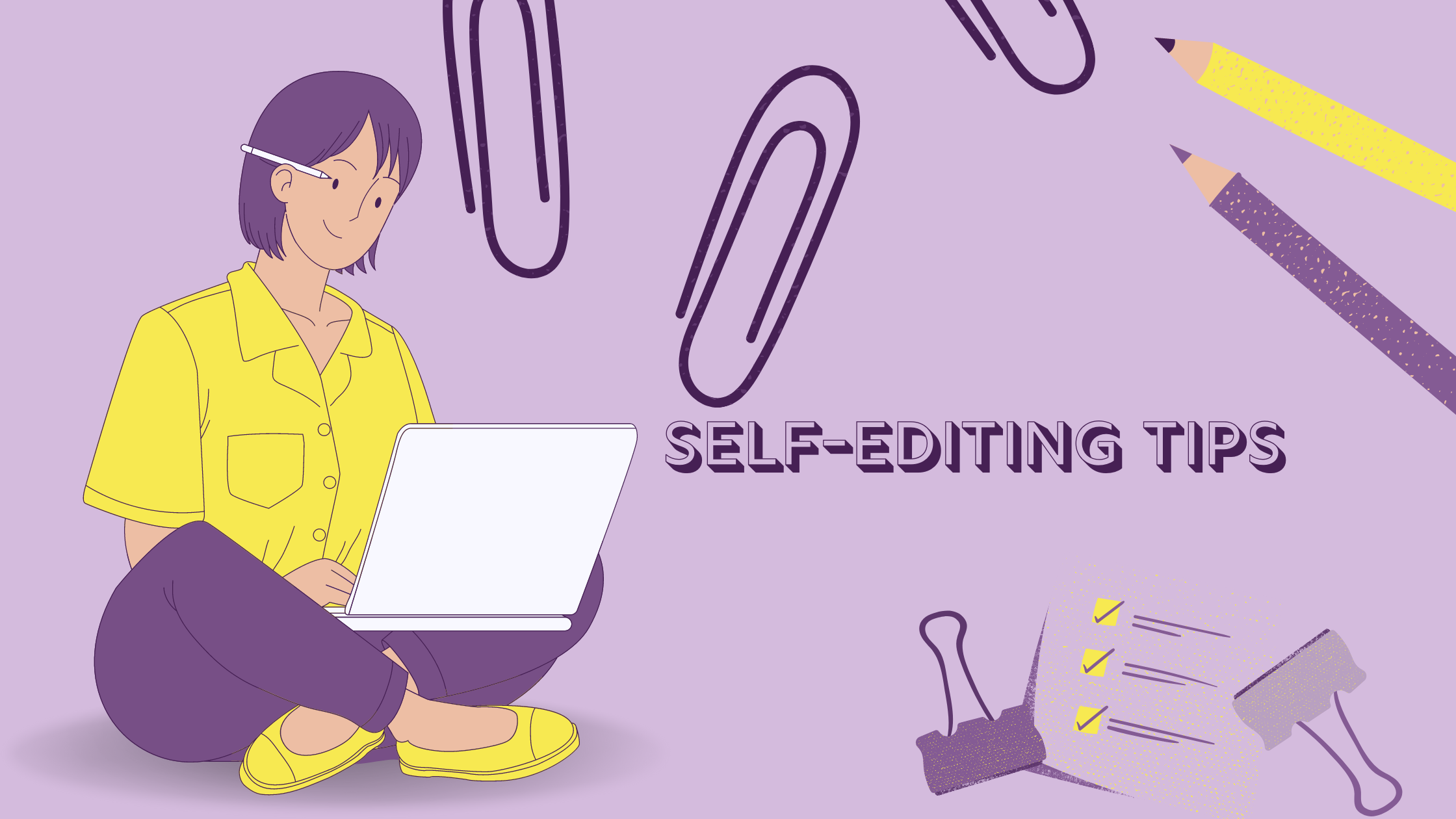10 Essential Self-Editing Tips to Polish Your First Draft Like a Pro
 Victoria Johnson
Victoria Johnson
Learning objectives
At the end of this guide, you will learn:
Tips for self-editing
Tools for self-editing
Self-editing with checklist
Self-editing is the art of reviewing your writing for mistakes such as grammar, punctuation, capitalization, sentence structure, etc.
The goal of self-editing is to create high-quality documents for your readers.
Self-editing is like painting a masterpiece. Before presenting it to your audience, you must take your time and carefully examine your work, making sure the details are perfect. With each brush stroke, you are creating something of lasting value.
📝Importance of self-editing
Editing is a significant skill in the writing profession. Here is a list of why this is important:
An edited technical document reflects professionalism and attention to detail.
It improves the readability of your work.
You spot areas you need to improve by critically editing your work.
✍️10 Tips for Self-editing (with examples)
Self-editing requires consistent practice to be competent. Here are some tips to guide you through the process:
Tip #1: Take a break
After writing your first draft, take a break for a day or distract yourself with something else for a few minutes. This technique makes you refreshed and focused.
Tip #2: Read aloud
Reading your work aloud helps you notice sentence structure and other areas that do not sound right to the ears. With this, you change the sentence or phrase.
Tip #3: Line by line
Avoid skimming through; read your work line by line. It ensures every sentence is attended to and improves the quality of your work.
Tip #4: Set writing goals
Before you start editing, figure out the tone, number of sentences in a paragraph, and style your work should follow. Setting goals helps you stay consistent and saves time.
Tip #5: Filler words
These are unnecessary words that the sentence cannot do without. Ensure that you scrutinize your work and remove these words. For more information, see What Are Filler Words?
Tip #6: Use of synonyms
Avoid using exact words in your work. Use the find feature in your word processing software, for example, Google Docs, to find them. Then search for synonyms of these repeating words and replace them.
Tip #7: Lengthy sentences
Break up long sentences by focusing each sentence on an idea and turning the sentence into a list. For more information, see How to Write Short Sentences.
Tip #8: Images
Ensure your images are well labeled and have descriptive alt texts for accessibility.
Tip #9: Attention to detail
Pay great attention to every sentence and make changes, even if they are minor.
Tip #10: Don't give up
Editing is tiring, but you get better at it with practice.
Bonus tip:
Consider breaking down tasks into smaller steps. For example, your first read after writing should check for sentence logical flow; the next should check tone and style; and so on.
✅Self-editing checklist
The daunting self-editing process becomes more manageable by breaking down editing tasks and using a checklist. Here is a list to follow when editing your work:
First edit
Does your introduction hook your readers?
Is there a logical flow of ideas?
Does your Conclusion summarize your major points and have a call to action?
Second edit
Is it tailored to the target audience?
Does each paragraph talk about one topic?
Are the tone and style consistent?
Third edit
Did you use an active voice?
How concise is the document?
Are there sub-headings, paragraphs, bulleted or numbered lists, and enough whitespace for skimming?
Fourth edit
Does it follow grammar and punctuation rules?
Are all spellings and capitalization correct?
Are there filler words, weak verbs, or weak adjectives?
Last edit
Does everything align with the required style guide?
Is it plagiarized?
Are your facts or data correct?
🔍Tools for self-editing
Editing tools make self-editing easier. These tools can help writers catch typos, grammar, and spelling mistakes, improve clarity, and ensure consistency. They can also save time and help writers create quality content more efficiently.
Some include:
Grammarly: This tool checks for punctuation, clarity, tone of voice, and spelling.
Hemingway Editor: This tool makes your writing bold and clear.
Wordtune: This tool makes your writing straightforward, compelling, and authentic.
Witty: This tool makes your writing inclusive.
Quetext: This tool checks for plagiarism.
Quillbot: This tool paraphrases your writing.
Thesaurus: This is an online tool that provides synonyms for words.
😎 Conclusion
The art of self-editing is a vital skill in writing. Using the ten tips and checklists outlined in this guide will transform your rough first draft into high-quality content your readers will appreciate.
You'll also learn how to identify errors, giving you a better understanding of what works and what doesn't in your writing. Self-editing will help you become a better writer and create straightforward, concise, and error-free content.
This skill gets better with practice, and you can edit other writers' work. This will significantly improve your writing skills.
Editing other writers' work helps you learn from their mistakes and see what works well in different types of writing. It will also give you valuable insights into what readers want in content. Finally, it will help you develop your writing style.
Staying up-to-date with the latest tips and techniques is crucial to enhancing your writing skills. As such, I highly encourage you to connect with me on LinkedIn and Twitter.
🔦Resources
Subscribe to my newsletter
Read articles from Victoria Johnson directly inside your inbox. Subscribe to the newsletter, and don't miss out.
Written by

Victoria Johnson
Victoria Johnson
Frontend developer and Technical Writer with a passion to make my dreams come true. I love sharing my knowledge, and hope you enjoy learning from me😊